
|
Macro-Ornaments: A Supplement To Last Year’s Holiday Gift Catalog by Richard L. Howey, Wyoming, USA |
Ho, Ho, Ho! Well, we had a super year last year with our Closterium collection, so this year we decided to put out a special catalog devoted to macro-ornaments and decorations to brighten your holidays (and our wallets).
First of all, you’ll probably want a Christmas or Hanukkah or Atheist/Agnostic tree. We have a number of options. Our highest recommendation goes to a branching coral tree which is the epitome of elegance and of a quality that demonstrates your elegant taste. Our personal preference (and thus our personnel preference) is for the staghorn coral tree. All of our coral trees are sent to you in the pristine, glistening, bleached white. For the modest sum of 300 macrodollars, we will dye them a lovely evergreen; any other color will cost 1,750 macrodollars (to compensate us for the mental suffering caused by your poor taste).

These can be provided in a variety of sizes ranging from 6 inches to 6 feet. (We will provide financing for the larger sizes.) The prices range from 685 to 87,925 macrodollars. One macrodollar is 9,874.29 microdollars as of today and we check daily both the AST (Atlantis Stock Exchange) and the Chinese Tao-Jones for the current conversion rates.
Our second tier coral tree is the sharp-edged, ribbed, fan-blade coral.

These, too, are a tad expensive, because they’re difficult to collect, but let’s not discuss money; it’s so vulgar.
Just to explore the possibilities, we hired a scientist from M.I.T. (the Macroscopic Institute of Technocracy) and he produced a technological marvel with the option of nuclear or solar power for the last system. If you go for the nuclear option, you’ll need some lead shielding; if you go for the solar version, you’ll require a ton or so of asbestos. So, if you want a complete system already built for you with the imprimatur of a Nobel Prize-winning loon, then you can pick this unique item up for about the price of a New Rolls-Royce. Hey, Christmas only comes once a year.
For the academic set, we have pieces of “brain” coral. These, however, are not a branching form and so I suppose it is a kind of Mensa challenge to see how these intellectuals will transform them into decorative trees.

For those of you on the more modest rungs of the economic ladder (under a million dollars a month), we have fan corals which come in a variety of colors.


They are in fact quite flat but, I suppose, if you buy enough of them and wire them together creatively, you might be able to create a 3-dimensional illusion of a simulacrum of a tree. We can do it for you, but I assure you that it will be much cheaper as a nice little do-it-yourself project.
Now, you’re going to need some accessories; you can’t leave your tree bare and naked unless you’re some sort of nihilist or anarchist. Start at the top and work down. Clearly, a star is a lovely and traditional symbol and here we have an enormous number of creative options.
1) For those of you who have selected a large, white coral tree, a marvelous contrast can be achieved by the use of a naturally blue Linckia laevigata. These are not the vulgar dyed specimens which you find in cheap craft stores!

2) If you elected to go with a dyed coral tree, then may we suggest another species which is white. This is its natural color and our gentle, chemical cleaning process to remove the dried tissue simply enhances and augments the whiteness.

3) For those of you who opted for smaller, more delicate arrangements, we can provide very nice, very flat specimens (that is, no spines) from ½ inch to 3 inches.



4) Those who wish to make a bold statement will find in our collection, large specimens the knobby starfish.

5) Others may wish to make a profound Christian statement and for them we have the singularly appropriate Crown-of-Thorns starfish. They are 8 to 12 inches in diameter and with their many spines they express a deep sentiment.

6) Those with a joyful and whimsical turn of mind may wish to purchase a specimen or twelve of Heliaster, the multi-armed starfish which, depending on the species, can have15 to 24 arms.

If you don’t see what you want in the way of stars to top your coral tree (or if you’re a hidebound traditionalist with a fir tree), then please contact us as we have over 150 different types and sizes to choose from. Let us also remind you that the small stars can make very attractive ornaments for the branches of your coral (or fir) tree, which does bring us to the subject of ornaments.
In this dimension, we can only provide tempting hints of the extraordinary variety which we have selected for your discerning taste.
1) Sea Urchins–Usually only the test (shell) is used but, on occasion, the entire urchin with the spines intact can make a very attractive ornament and clearly, you usually use only the smaller urchins.
a) Let’s begin with a few examples of the denuded test.

This is a lovely little urchin of the genus Mespilia and contrasts nicely with our pink urchins.

In addition, we have the bold green urchin which contrasts with the pink, but only if you selected white coral. It disappears in the dyed green (or fir) trees.

If you selected a dyed coral tree, we have sea cookies,

sea scones,

sea biscuits,
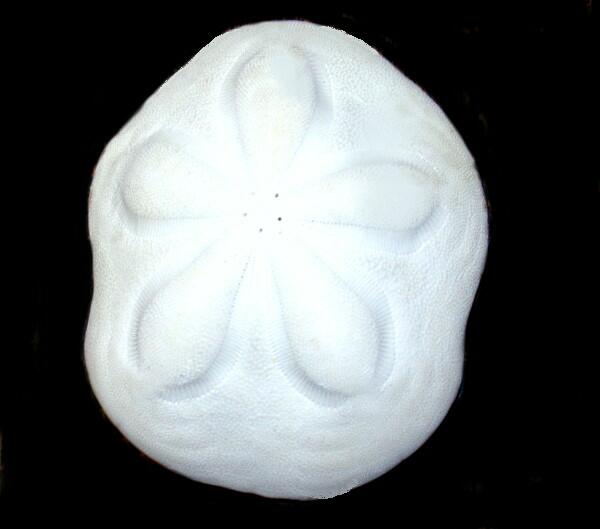
and sea pancakes.

However, if you want to use these latter as decorations, you’re going to have to have one very, very large tree, since these average 8 to 12 inches in length.
All of these “pastry” urchins belong to a large group of echinoids which are designated “irregular” urchins. If you purchase a white coral tree, but you prefer these irregular forms as decorations, you can always dye them. Chacun à son goût !
b) As for urchins which still have their spines, I’ll provide you with just three examples:
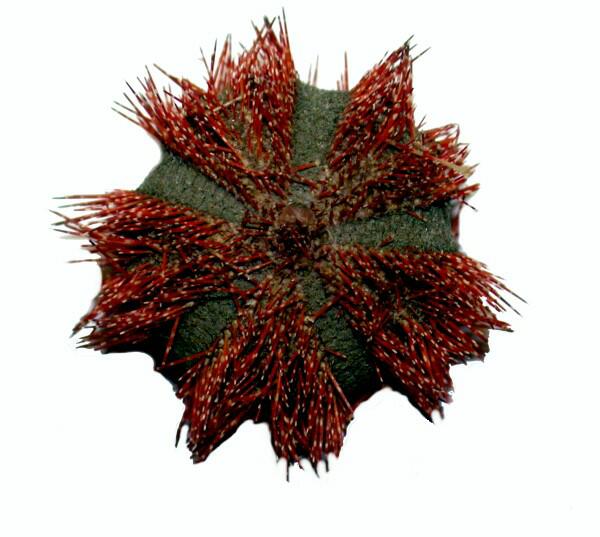
This is Mespilia again and as you can see, it has bright red and white spines–a cheerful choice.
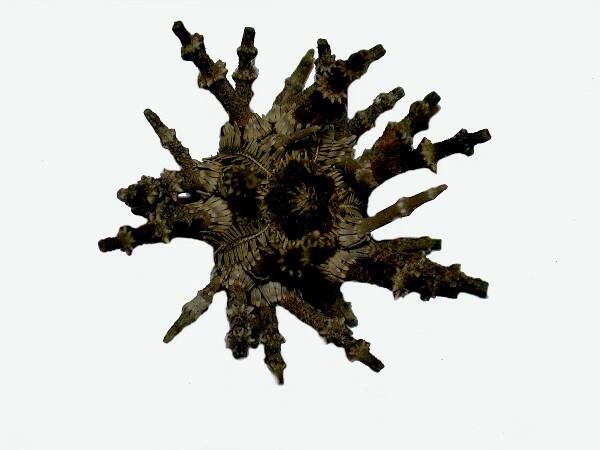
This is a small “club spine” urchin. Each ornament is provided with a custom-made hanger. As we stated earlier, we have a very large selection, so if you don’t see what you want, please contact us with your specifications. If you have a larger tree, you may even want to be daring and go with some large urchins such as the two shown below.
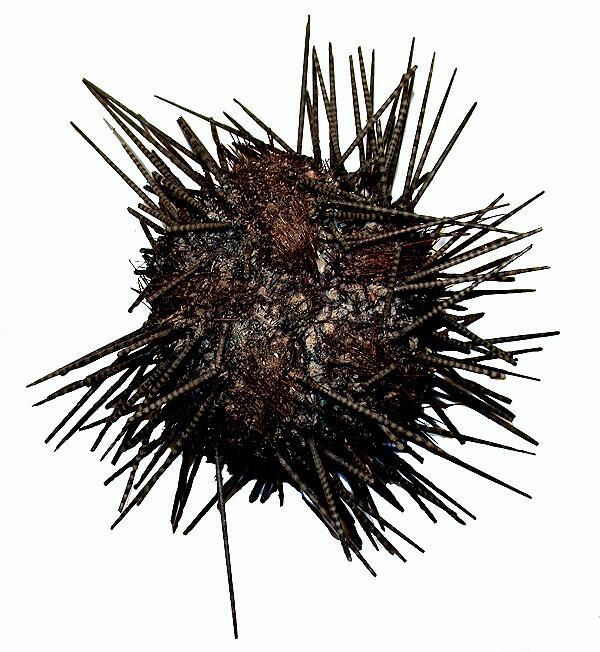
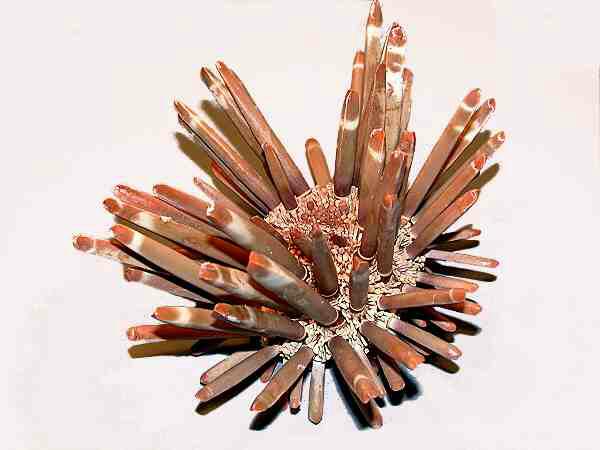
This latter urchin, Heterocentrotus mammilatus (also known as the Slate Pencil Urchin) is, with its banded spines, especially impressive. The top one is popularly known as Nature’s Whoopee Cushion.
2) Sea Urchin Spines–Clearly the spines of the last two urchins above make splendid decorations. We supply them with a small hole drilled at the base so that you can run a thin wire through and make a loop for hanging. Heterocentrotus we can supply either in the traditional brown with white bands or the pure white “albino” form.
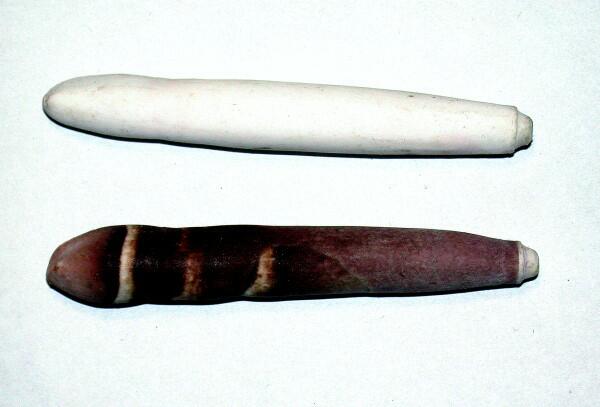
A wide selection of smaller spines is available, but they are quite brittle and we cannot drill them for you, so you will have to use your ingenuity to create hangers for them.
3) Shells–The possibilities here are almost unlimited.
a) Whole shells–We can supply random assortments of large shells,
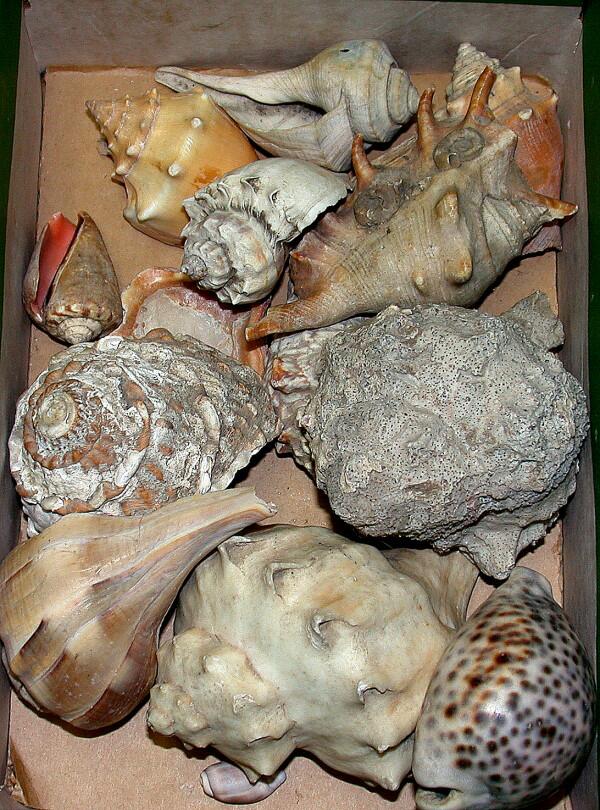
or containers with a nice variety of small shells,
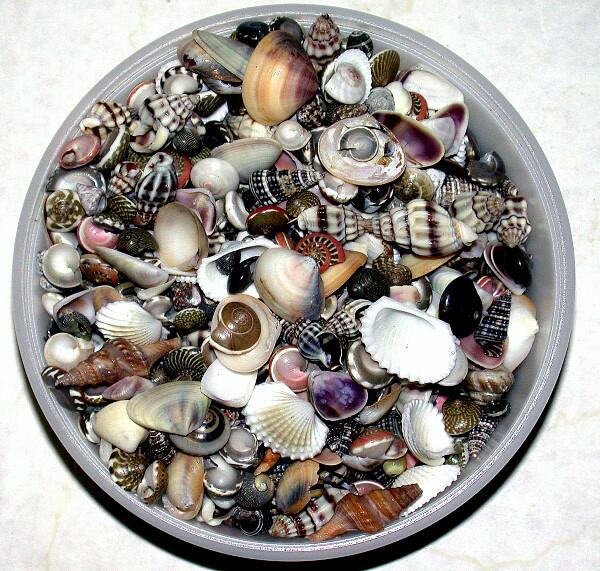
or individual shells of your choosing.
Here are a few of our most popular specimens:
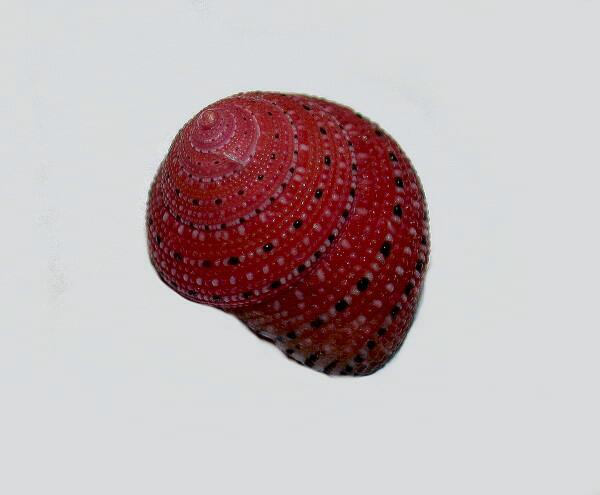
This is for obvious reasons known as the Strawberry shell.
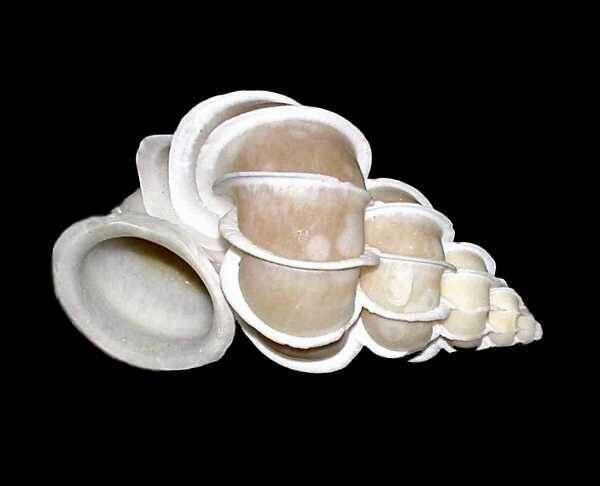
The Wentletrap with its wonderful spiral.
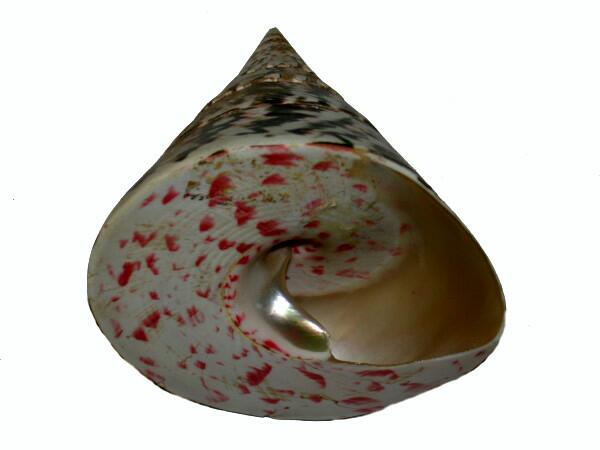
Here we have a delightful Top shell which does look as if it would spin whimsically.

Above is the ever popular Cowrie.
And, if you want something sizeable, but truly elegant, there is always the Venus Comb Murex seen below.
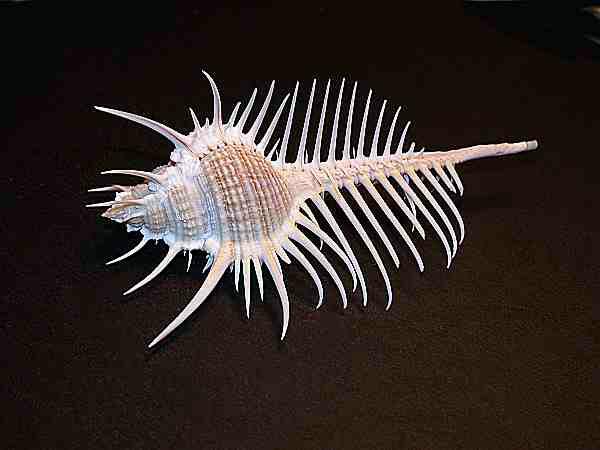
b) Center Cut and Sliced Shells
Just from looking at certain shells, we come to realize that internally they are based on the principle of the spiral.
For the true connoisseur of mathematical expression in Nature, we have sliced Nautilus shells from 1½ inches to 6½ inches.
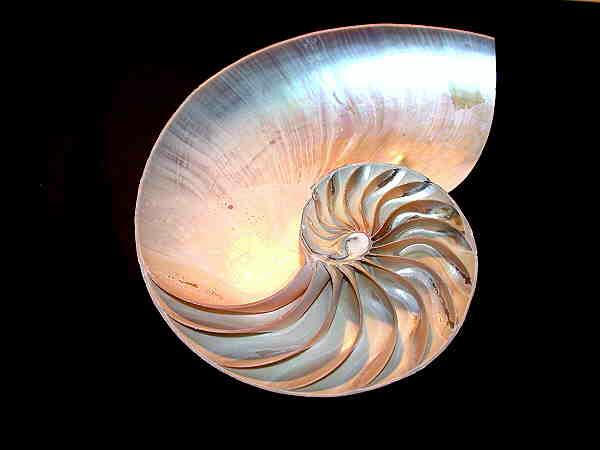
Another popular choice is the center slice of a Top shell which has the special virtue of looking quite like a miniature tree.
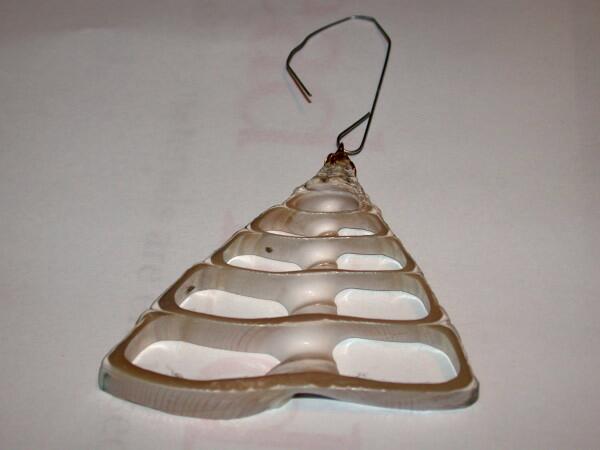
A third beauty is a lovely shell which has been polished to reveal the opalescent nacre and then small slits have been cut into it.
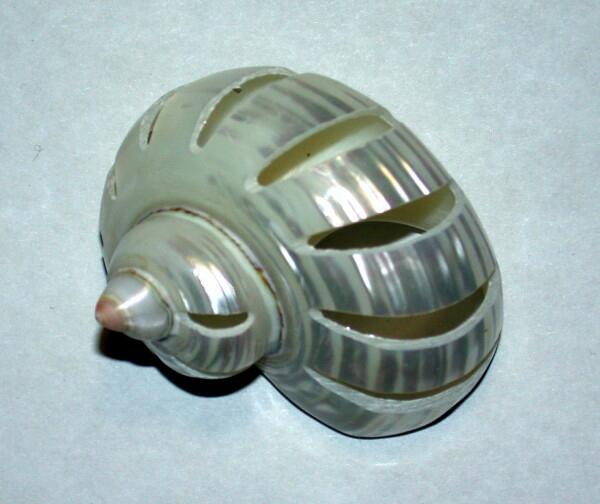
Our coral trees been selling at such a rapid pace that the divers have had to work extra hours to keep up with the demand which with the increases in gasoline prices, labor costs, and shipping costs has forced us to add a 30% surcharge for all items plus 100 macrodollars for handling and packing. How else am I going to be able to afford that 30 million dollar estate in Maine? (Just kidding.) However, if you want any of our items for the holidays, you shouldn’t even wait until tomorrow to order. If you order in the next 3 days, we’ll send you a coupon for 10% off any second order which you place within the next 10 days. (Delivery guaranteed for the 4th of July. If you need it before that, add 10%.)
Since the demand for the coral trees is so great and we can’t keep them in stock, we can’t show you a decorated one, but we can show you a 3 foot artificial tree decorated with some of our ornaments.
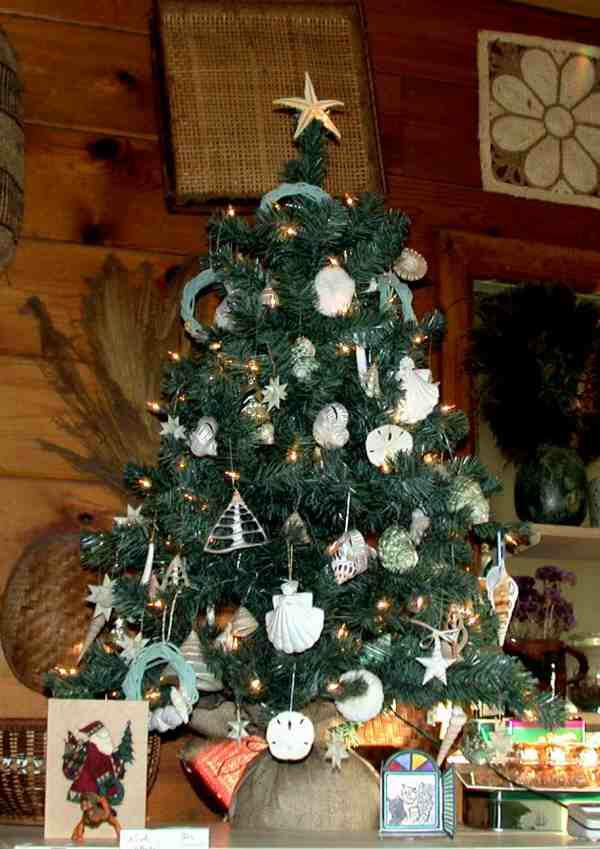
Finally, for all you Nature lovers, may we suggest that you may also wish to consider other decorative options, such as, using our glorious products of Nature to create centerpieces for your holiday table. This handsome arrangement consists of starfish, sea urchins, brittle stars, and a glass sponge called the Venus Flower Basket.
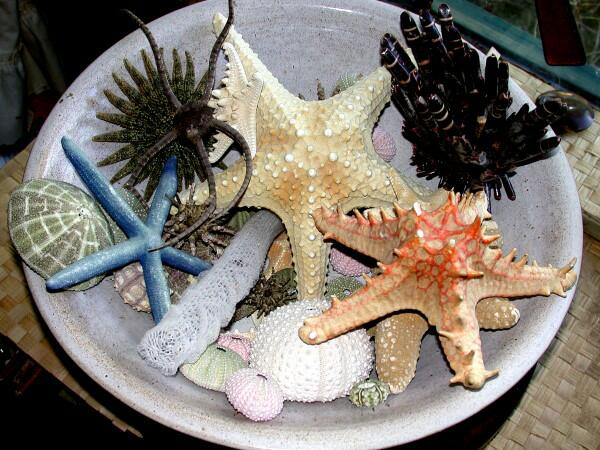
This marvelous and striking item is available for only 825,777 macrodollars (not including surcharges and as a bonus, you get a coupon for a free weekend at my estate in Maine.
HAPPY HOLIDAYS!
All comments to the author Richard Howey are welcomed.
Editor's note: Visit Richard Howey's new website at http://rhowey.googlepages.com/home where he plans to share aspects of his wide interests.
Microscopy UK Front
Page
Micscape
Magazine
Article
Library
Please report any Web problems or offer general comments to the Micscape Editor .
Micscape is the on-line monthly magazine of the Microscopy UK website at Microscopy-UK .